On-Page SEO is not a doddle! Hence, we brought a beginners guide to on-page SEO ranking factors. Looking at this a question stuffs our mind, what is On-Page SEO? Quite easy! On-Page SEO is the act of improving individual site pages to rank higher and gain more relevant traffic in search engines.
However, On-Page refers to both the content and HTML source code of a page. That can be enhanced, rather than off-page SEO (Search Engine Optimization).
Which refers to links and other external signals. It considers all parts of the page that when included will enhance your rankings in the search results.
Thus, this is what we are elaborating here! Keep reading…
On-Page SEO Ranking Factors
Following are the ranking factors one needs to know about the On-Page SEO:
1. Image Optimization
It is essential to utilize pictures on your site as this will enhance its positioning as it can be searched on Google Images. At the point when your site has pictures, it is vital to utilize image optimization factors like Alt Text and descriptions.
The Alt tag informs the search engines about your picture. It also includes text that describes the images. Optimizing the alt tags gives Google another sign of what is the page about. The alt tag is used to describe what is on the image.
Images assume a critical part in transformations. For SEO (Search Engine Optimization) purposes, We have to ensure that they have scaled accurately. The bigger the picture, the longer the page takes to load. Scale the picture properly and ensure it appears in the smallest possible size.
2. Using URL Strings
When the URL strings are written, they ought to be short, brief, and easily readable.
When the length of URLs is analyzed, it is discovered that shorter URLs tend to rank better. From service pages to blog entries, the way we compose URLs is an SEO practice that you should consider.
Each word in URL should be separated by a hyphen and not an underscore. The URL should be short. The shorter the URL, the less demanding it is to share or insert while creating a better user experience.
You need your users to rapidly recognize what your page is about without seeing numbers, classifications, images, or a mixture of everything included in the string. Thus, while composing your URL, you should ensure that the subject of your page is included in the URL.
3. Meta Descriptions
The meta description depicts what clients will discover on the page.
While not an immediate positioning variable, web crawlers read the meta depictions to decide the page’s subject and the group of onlookers that will discover esteem.
An elegantly composed meta depiction can produce an upper hand in the indexed lists. Hence, making a higher active visitor clicking percentage with a more prominent shot of changes.
4. Link Your Page Internally
Associating your site pages will enhance the navigation and crawling through your sites. Henceforth enabling search engines to connect with all of the web pages on your site.
This will enable visitors to get to any page on your site easily. As when they click on a page they are diverted to other relevant contents inside your site. If you are a blogger or on the off chance that you claim a site the profit relies on the traffic.
Remaining in front of the opposition will expect you to think about the on-page SEO. So you could increase traffic and possibly observe your income experience the rooftop through pay per clicks.
5. Header Tags
Breaking your content into numerous sections and subheadings help individuals effortlessly read your content.
Yet it likewise tells the search engines that the keywords you put in your heading tags are vital.
Commonly, H1 and H2 labels are utilized frequently as headers before paragraphs. You ought to never have more than one H1 tag on any page.
Incorporate numerous H2’s or H3’s as clients look down the page. These are utilized as subheadings. Utilize the headings to represent the different sections of the page. You’ll see the effect from both an SEO angle and ease of use outlook.
6. Internal Links and Outbound Links
Links have the most weight in SEO.
When links are earned from quality sources and authority sites then they strengthen the domain while connecting inside all through the site benefits the client experience and improves your SEO.
Focusing on the page, internal linking to different pages of your site strengthens the keywords and enables Google to figure out where to rank a specific keyword. Connecting inside between service pages and blogs enhances the crawl-ability of your website, demonstrating Google the sites most vital pages.
If a new link is included in the home page then it becomes easy for Google to see that you’ve refreshed your site with new content rather than crawling the whole site for the new material.
The advantage of internal links is providing the people with many options to stay on a particular site. The internal link should not be provided in every sentence but multiple links should be included per page to reinforce your SEO.
Conclusion
Here, in this blog, we have discussed a Beginners Guide To On-Page SEO Ranking Factors.
Often we concluded its layout, its definition, and factors of the same in detail. They do add value to any blog post. And, this leads to the end of the blog.
We hope this blog helped you. However, if you found the blog useful, do not forget to use the comment section provided below. Also, share the blog with your peers. You are on your way to getting more exposure.

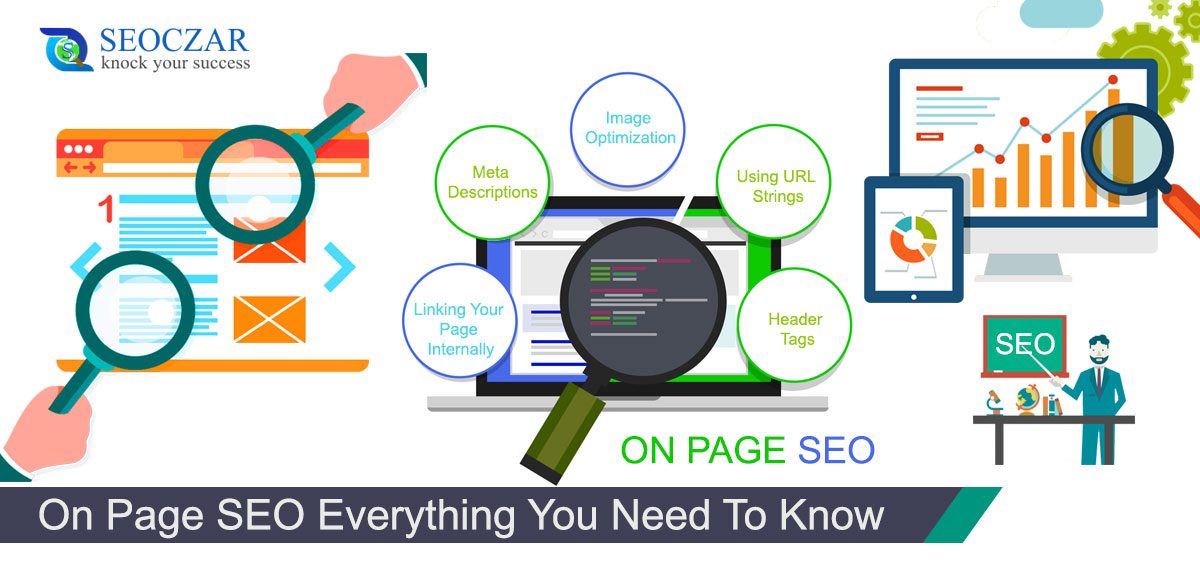
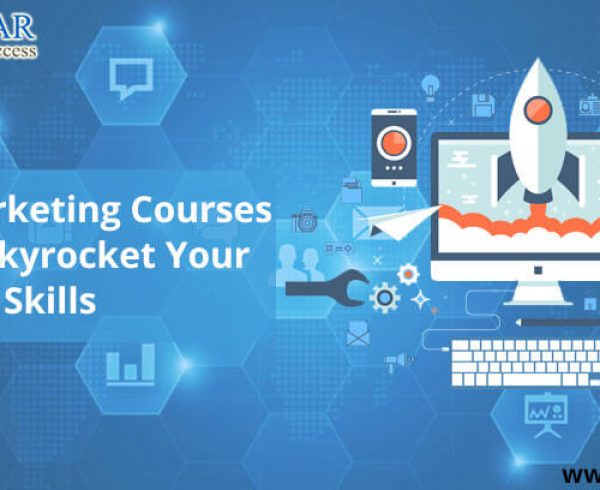
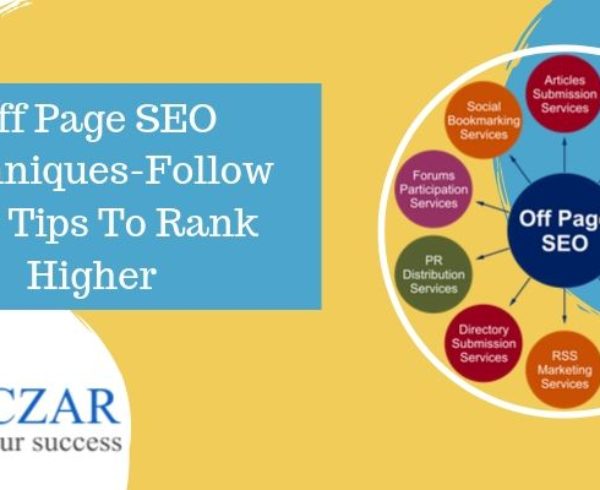
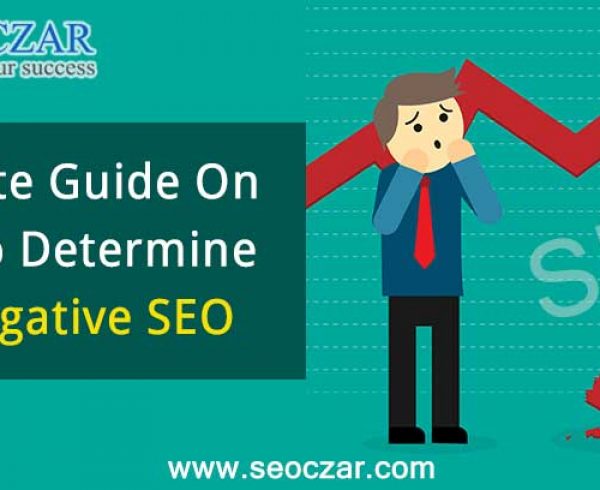
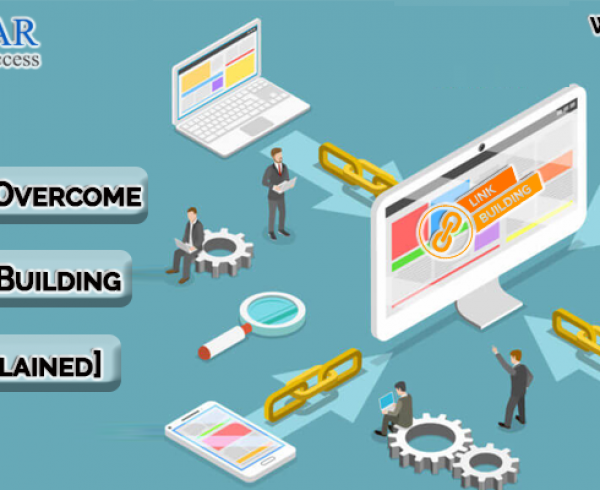
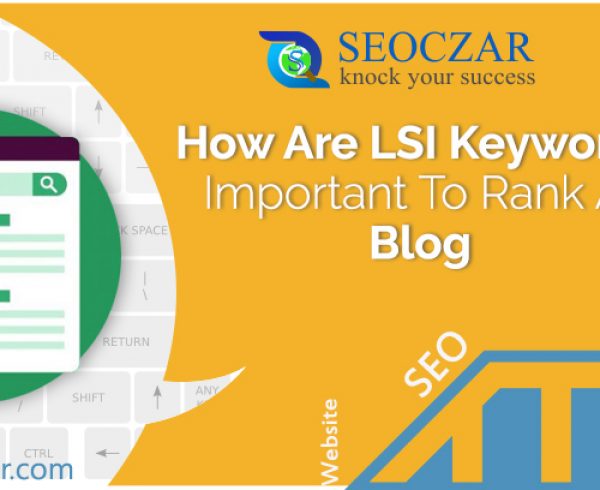
Leave a Comment